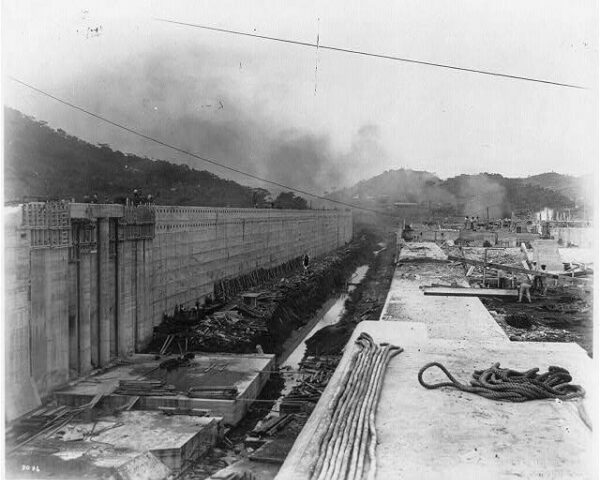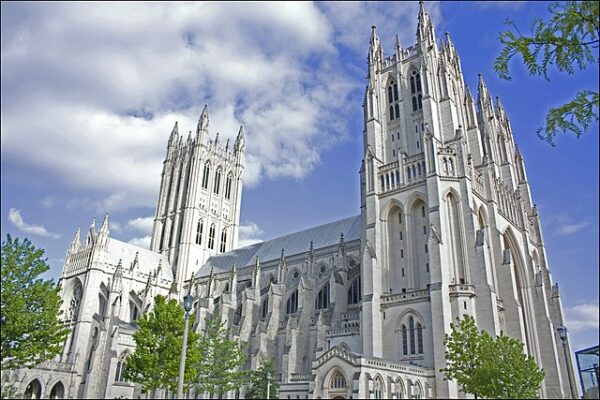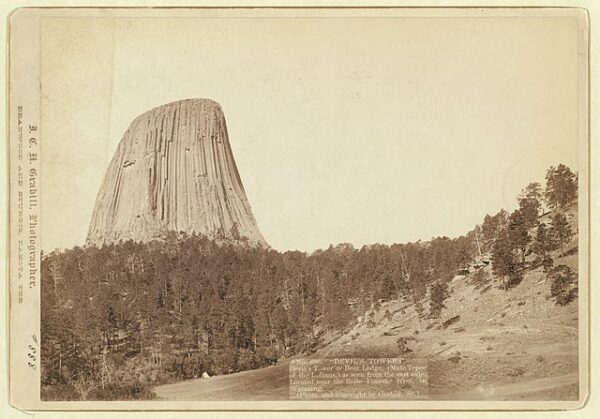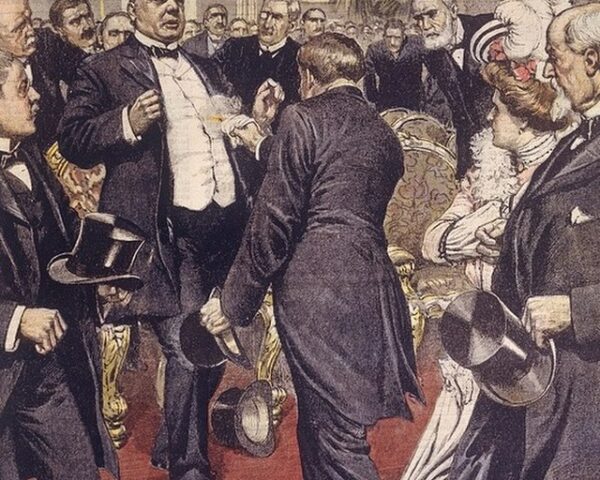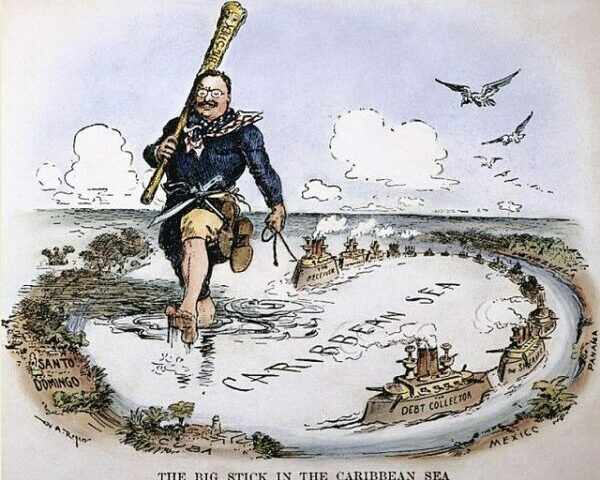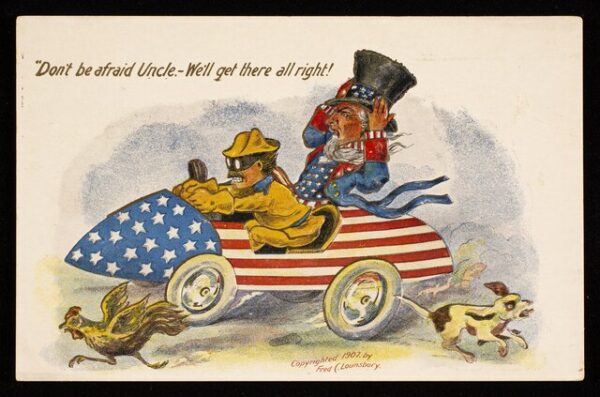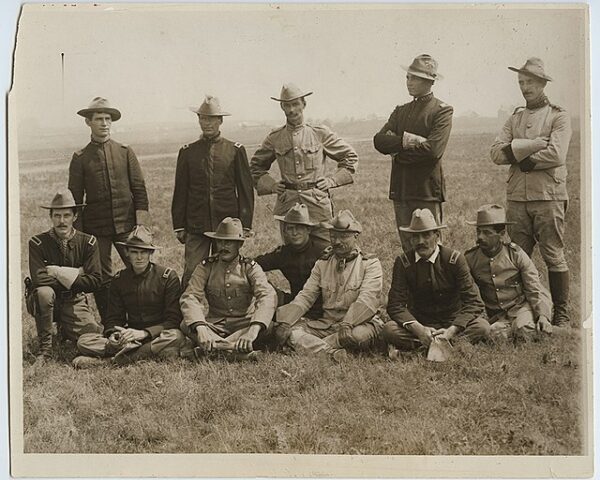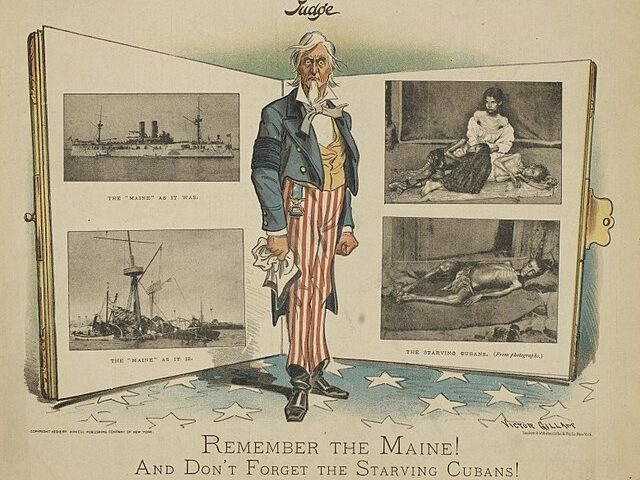In November 1906, Theodore Roosevelt embarked on a historic journey that helped make the United States a global player. He left the country, becoming the first president in history to make a trip abroad. His destination was the Panama Canal, an engineering marvel in…
Read MoreThe Cathedral Church of Saint Peter and Saint Paul, commonly known as the Washington National Cathedral, is a remarkable and iconic landmark in the United States. Located in Washington, D.C., this Gothic-style cathedral has a rich history dating back to its inception in the…
Read MoreOn September 24, 1906, President Theodore Roosevelt made a historic proclamation that forever changed the way America conserves its natural beauty. On that day, the president declared Devil’s Tower, a stunning geological wonder located in northeastern Wyoming, to be the first national monument in…
Read MoreOn September 14, 1901, Theodore Roosevelt truly became “the man in the arena” after the death of his predecessor, William McKinley. The assassination of President William McKinley on September 6, 1901, in Buffalo, New York, marked a tragic and pivotal moment in American history.…
Read MoreOn September 2, 1901 one of the most famous foreign policy sayings in American history came out of the mouth of one of the nation’s legendary leaders. Just two weeks before ascending to the presidency, Roosevelt outlined a distinctive foreign policy approach that would…
Read MoreOn August 22, 1902, Theodore Roosevelt, the 26th President of the United States, made history by becoming the first sitting U.S. president to publicly ride in an automobile. This event was more than just a personal milestone for Roosevelt; it was a symbol of…
Read MoreOn July 1, 1898, during the heat of a Cuban summer, the 1st New Mexico Cavalry, better known as The Rough Riders, stormed up San Juan Hill, propelling the future president, and his regiment, to legendary status while helping the United States defeat a…
Read MoreOn June 10, 1898, U.S. Marines landed at Guantánamo Bay, fighting a war against Spain and challenging their colonial rule in the Caribbean. The Battle of Guantanamo Bay, on the southeastern coast of Cuba, served as a significant start to the Spanish-American War. The battle lasted for…
Read More

